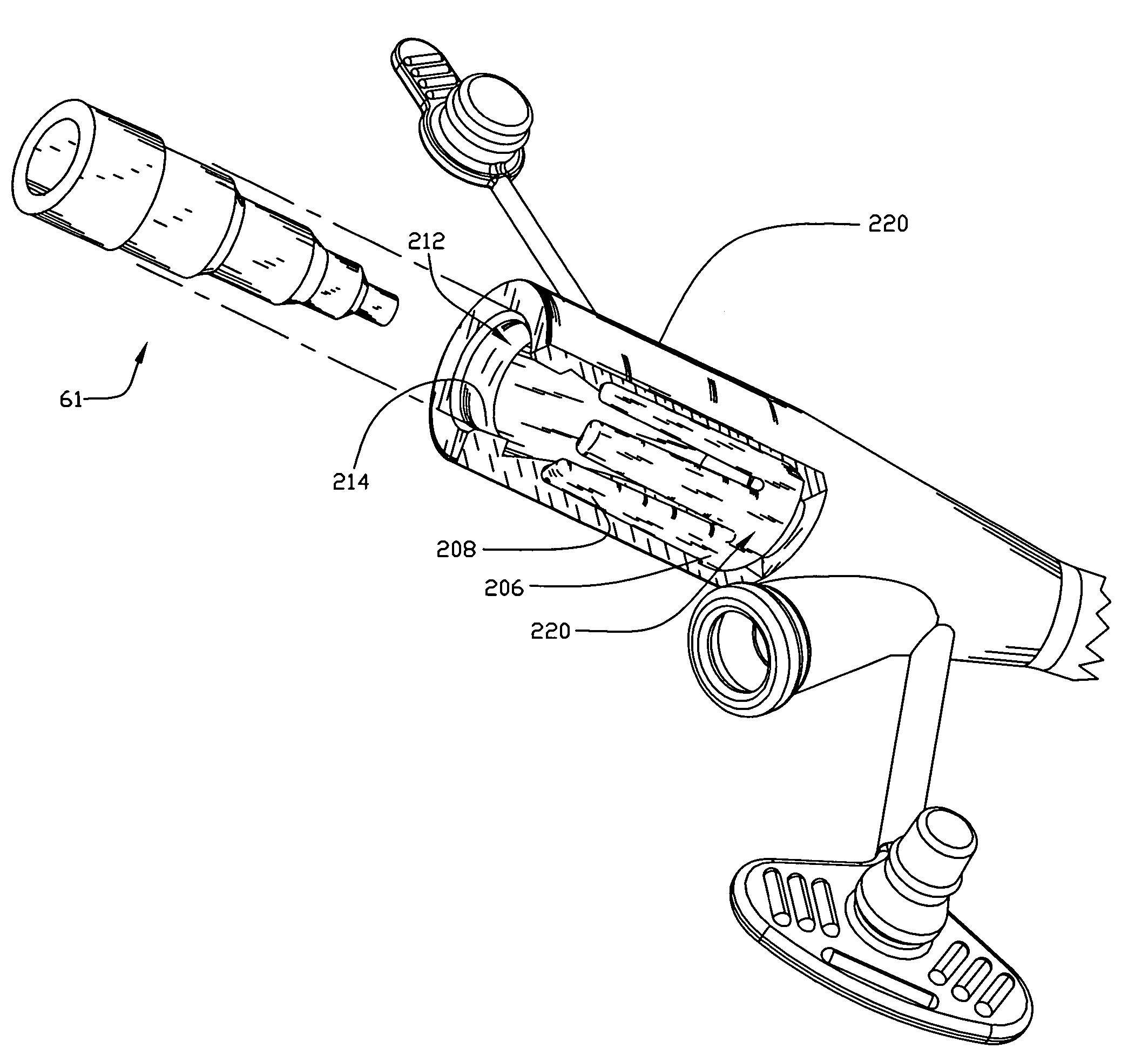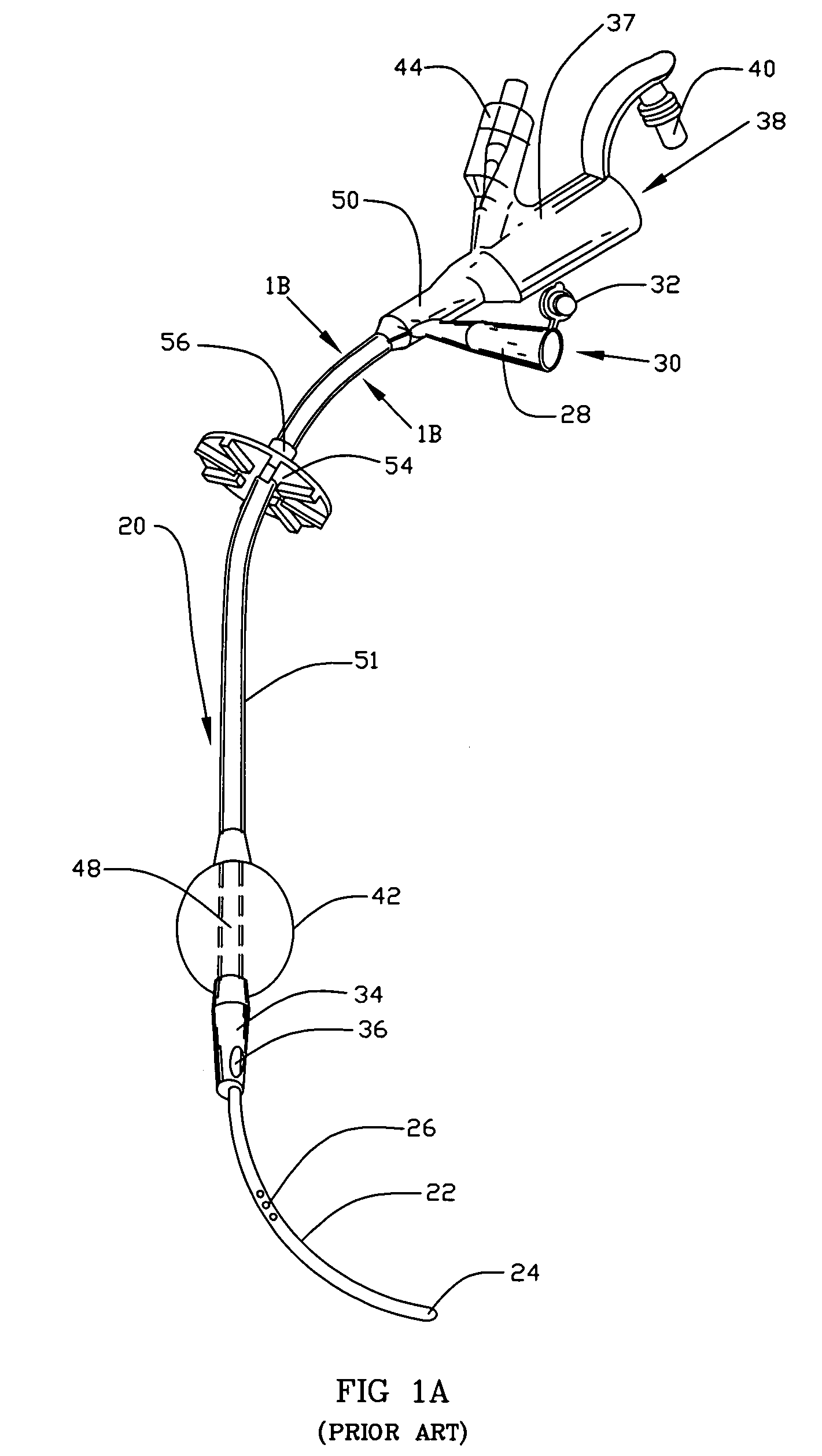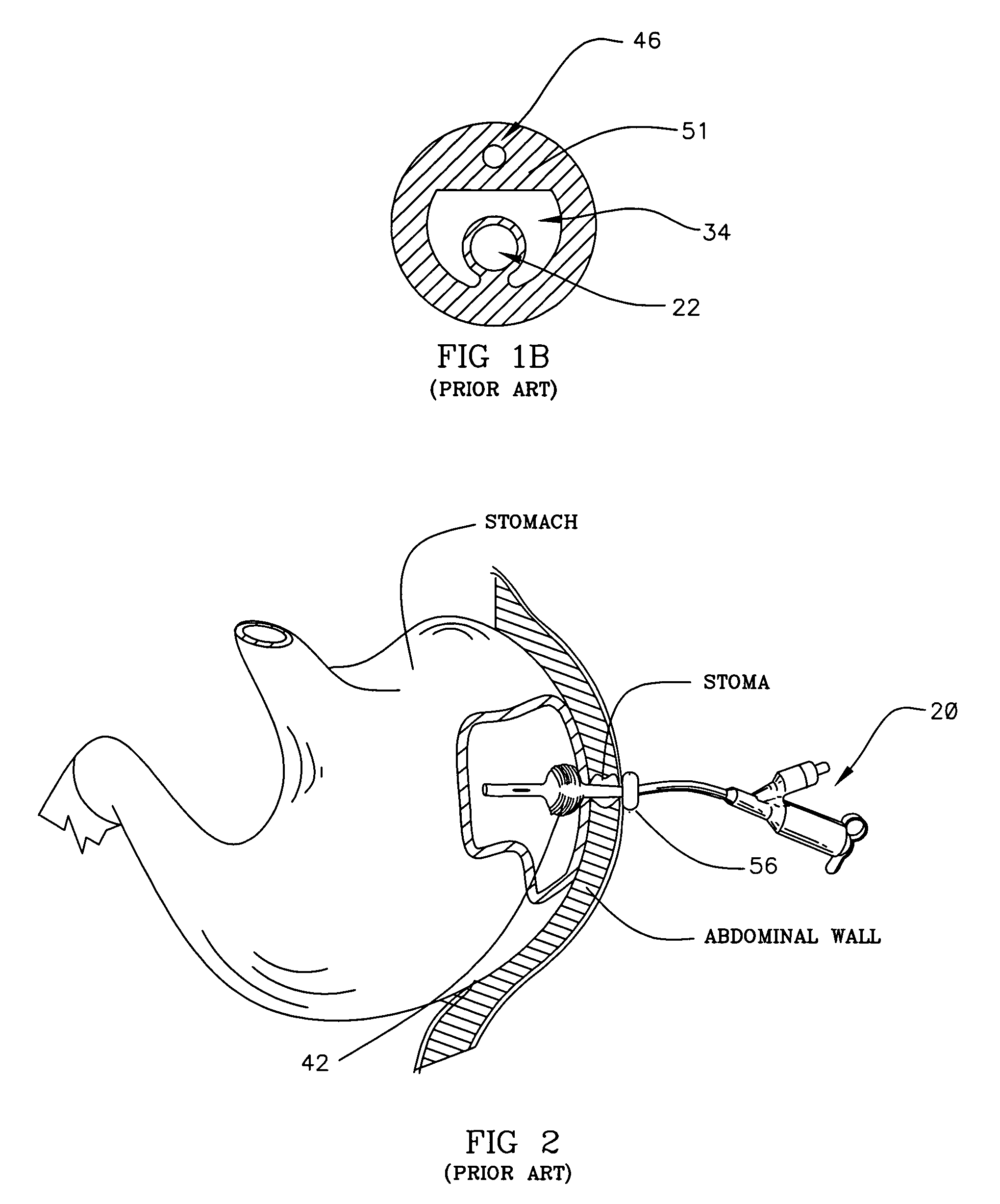Retention device for medical components
a technology for retaining devices and medical components, which is applied in the direction of tube connectors, feeding tubes, other medical devices, etc., can solve the problems of difficult separation of components when desired, inability to readily accommodate such a variety of differently shaped connectors, and insufficient force to create, so as to improve the retention of connectors within the adapter.
- Summary
- Abstract
- Description
- Claims
- Application Information
AI Technical Summary
Benefits of technology
Problems solved by technology
Method used
Image
Examples
Embodiment Construction
[0030]The following detailed description will be made in the context of an adapter which is adapted for medical use. It is readily apparent, however, that the adapter would also be suitable for use with other types of systems, circuits or conduits and the like and is not intended to be limited to medical devices or use in a medical field. In addition, the invention will be described in the context of its various configurations. It should be appreciated that alternative arrangements of the invention can comprise any combination of such configurations. As such, the use of a desired aspect for ease in understanding and describing the invention shall not, in any manner, limit the scope of the invention.
[0031]Reference will now be made to the drawings in which the various elements of the present invention will be given numeral designations and in which the invention will be discussed so as to enable one skilled in the art to make and use the invention. It should be appreciated that each ...
PUM
 Login to View More
Login to View More Abstract
Description
Claims
Application Information
 Login to View More
Login to View More - R&D
- Intellectual Property
- Life Sciences
- Materials
- Tech Scout
- Unparalleled Data Quality
- Higher Quality Content
- 60% Fewer Hallucinations
Browse by: Latest US Patents, China's latest patents, Technical Efficacy Thesaurus, Application Domain, Technology Topic, Popular Technical Reports.
© 2025 PatSnap. All rights reserved.Legal|Privacy policy|Modern Slavery Act Transparency Statement|Sitemap|About US| Contact US: help@patsnap.com



